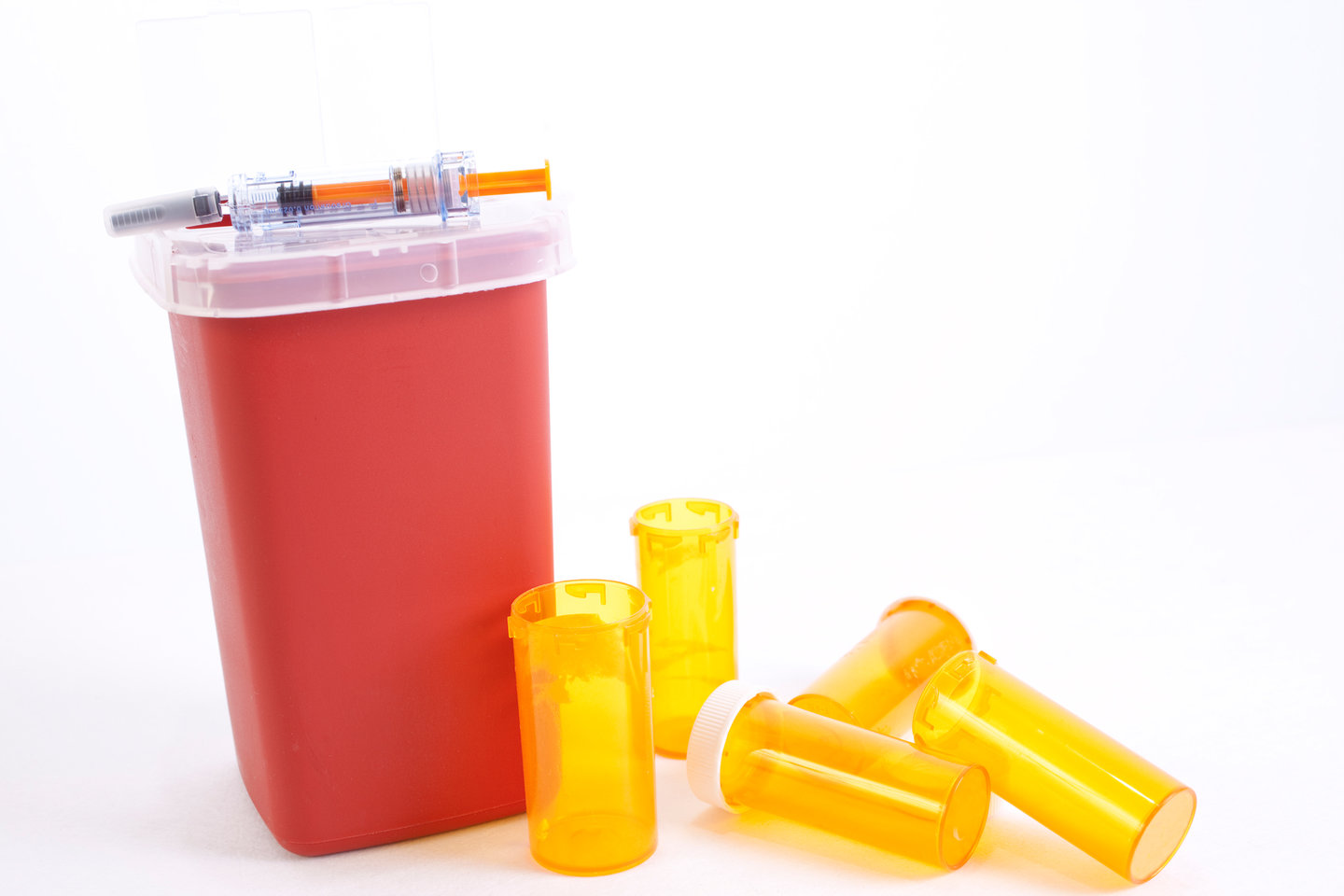Feature
Sustainable supply chains: Clinical trials in a new era of limited resources
Industry leaders are undertaking efforts to reduce drug waste and building clinical trials with ESG in mind, writes William Newton.

Credit: Shutterstock/Ground Picture
Just 10 years ago, the clinical trial industry was not particularly focused on sustainability; pharma companies were flush with cash, and drug waste was only a tertiary concern. Fast-forward a decade, and clinical trial sponsors are in stiff competition for a limited pool of drug manufacturing resources. With raw materials shortages, many CMOs over capacity, and global supply chains increasingly strained, drug waste has become more costly than ever.
At the Clinical Trial Supply (CTS) East Coast 2022 conference on October 19–20, 2022, sustainable drug development was a common refrain. Speakers said the environmental goals of Environmental, Social, Governance (ESG) have shifted from a lofty ideal to an economic imperative if pharma is to maintain its current pace of innovation. Panellists discussed data-driven solutions to drug supply optimization, new supply-side contract strategies, and the growing industry-wide push to minimize waste.
“There has never been more competition for limited resources in the pharma industry than there is right now,” N-Side’s Amaury Jeandrain told this news service on the sideline of CTS. “Sustainability means less costs, less drug waste, less transport, less CO2 emissions, and, ultimately, more drugs to patients."
Demand outpaces supply
Despite the myriad recent supply chain disruptions—including the Covid-19 pandemic and Russia’s war against Ukraine—the number of ongoing drug trials is at an all-time high, according to GlobalData’s database, which compiles publicly available trial information. The number of initiated trials has increased 59% from 2012 to 2021, with the largest percentage increase in Phase 0 studies. GlobalData is the parent company of this news service.
Alongside growing demand for trials, a widespread shortage of clinical operations and drug manufacturing personnel has further squeezed resources, Aidlai Nortye’s Sean Walsh said during a CTS session. Perhaps as a result, many pharma companies are investing more resources in training Gen Z hires to become clinical trial experts.
In drug development, every storage location and every transport hub is a supply chain risk, Walsh added. As demand for new treatments outpaces transport and manufacturing capacity, the stakes of supply chain management are quickly rising, he said.
Minimising supply chain waste
During clinical trials, drug waste is inevitable, Jeandrain told this news service. The drug development process is by nature unpredictable, with patient dropouts, dose escalations, clinical trial terminations, and regulatory decisions all subject to significant uncertainty, he added.
However, data-driven strategies—such as artificial intelligence (AI) that predicts an individual patient’s likelihood to advance to a higher dose—can help pharma significantly reduce supply chain waste, Jeandrain said. In oncology, some estimates suggest 50–70% of drug products go unused, leaving significant room for improvement, he added.
In a CTS session on drug forecasting, panellists said supply chain teams—rather than clinical operations—should play a greater role in selecting interactive response technology (IRT) systems for clinical trials. Francesco Santo, a CTS panellist and Huyabio International’s Associate Director of Clinical Trial Supply Chains, said IRT systems should have parameters to both forecast drug supply needs at individual sites and incorporate real-time data to update forecasts. IRT systems with site-specific customization capabilities can provide significant drug supply savings, he explained.
In another CTS panel, Elvira D’Mello, Bristol Myers Squibb’s Director Data and Digital Transformation, said collecting data is not enough to reduce drug overstocking. Sponsors should decide how they want to utilize supply chain data before a trial begins, rather than poring through data retroactively. “Don’t think about what data you have,” D’Mello said. “Think about what data you can get, and how you can use that data to build an actionable feedback loop."
New clinical trial supply chain models
To eliminate waste in clinical trials, sponsors should diversify their supply chains rather than consolidate them, explained TrialCard’s Tom Gottschalk in a CTS presentation. “Our industry is yearning for a ‘one size fits all’ approach to clinical trial supply, but that’s simply not the best option,” Gottschalk said. “There is great global diversity in documentation requirements, quality procedures, healthcare systems, cultures, and patients.”
One solution is just-in-time (JIT) ordering, which entails ordering small batches in specific geographies instead of centralizing a larger stockpile. However, JIT uptake has been slow thus far, as many sponsors are concerned about added forecasting risks. However, multiple CTS speakers stressed that the cost-benefit analysis of over-stocking is quickly changing as drug overages are growing more expensive than in previous years.

Credit: Getty Images/fstop123
Another option is a virtual distribution model, where patients pick up an experimental treatment for a trial at a pharmacy or special pharmacy, Gottschalk explained. In this model, a sponsor would pay a pharmacy each time a prescription is filled, similarly reducing the need to stockpile drugs.
Throughout CTS, speakers said the surge in decentralised trials opened the door for significant experimentation with non-traditional, direct-to-patient drug delivery models that could ultimately cut down on drug waste.
Sustainability in the future
Throughout the CTS conference, speakers identified greenhouse gas emission reductions as a key component of ESG and corporate stewardship. However, the collective definition of sustainability extended beyond CO2 emissions, focusing on how drug overages and can impair clinical progress in the future.
Going forward, pervasive drug waste creates an ethical imperative for pharma that extends beyond the environmental concerns of reducing greenhouse gasses. “Sustainability is not only about lowering emissions footprints,” N-Side’s Maxime Derep said. “It is also about managing scarce resources so there are materials and drugs for patients in the future.”